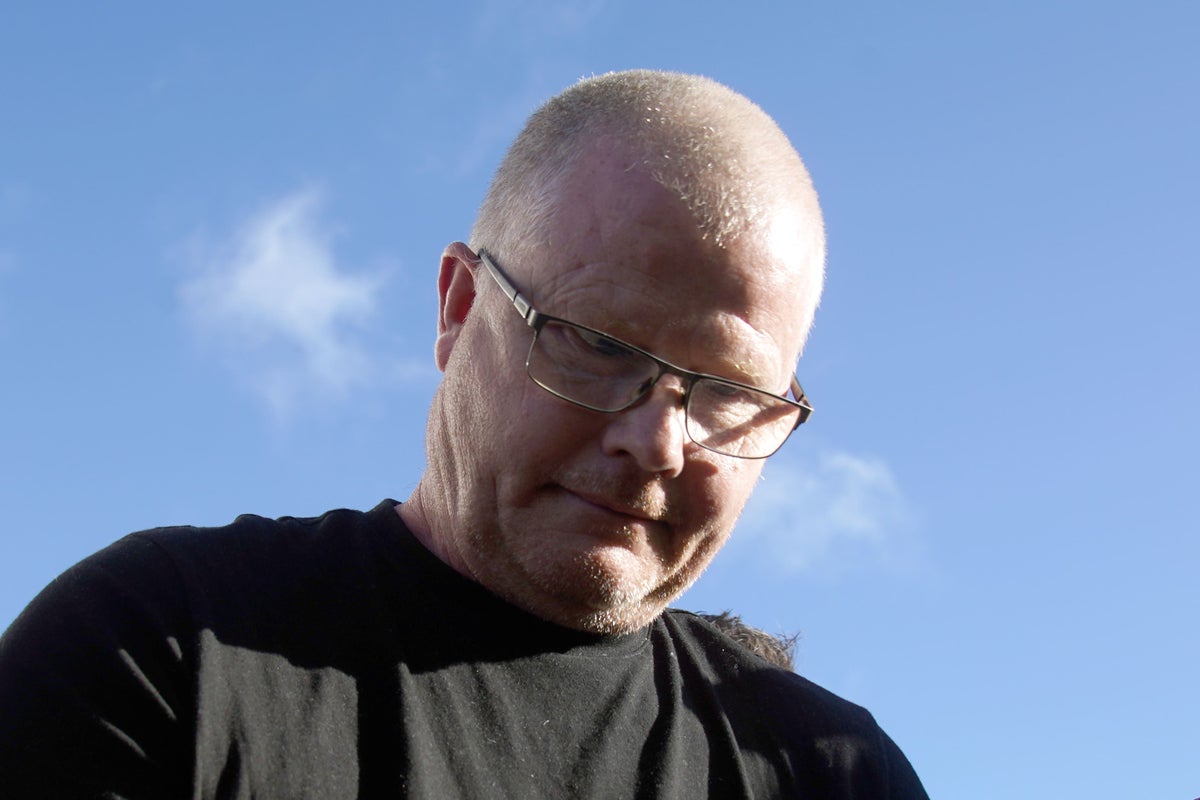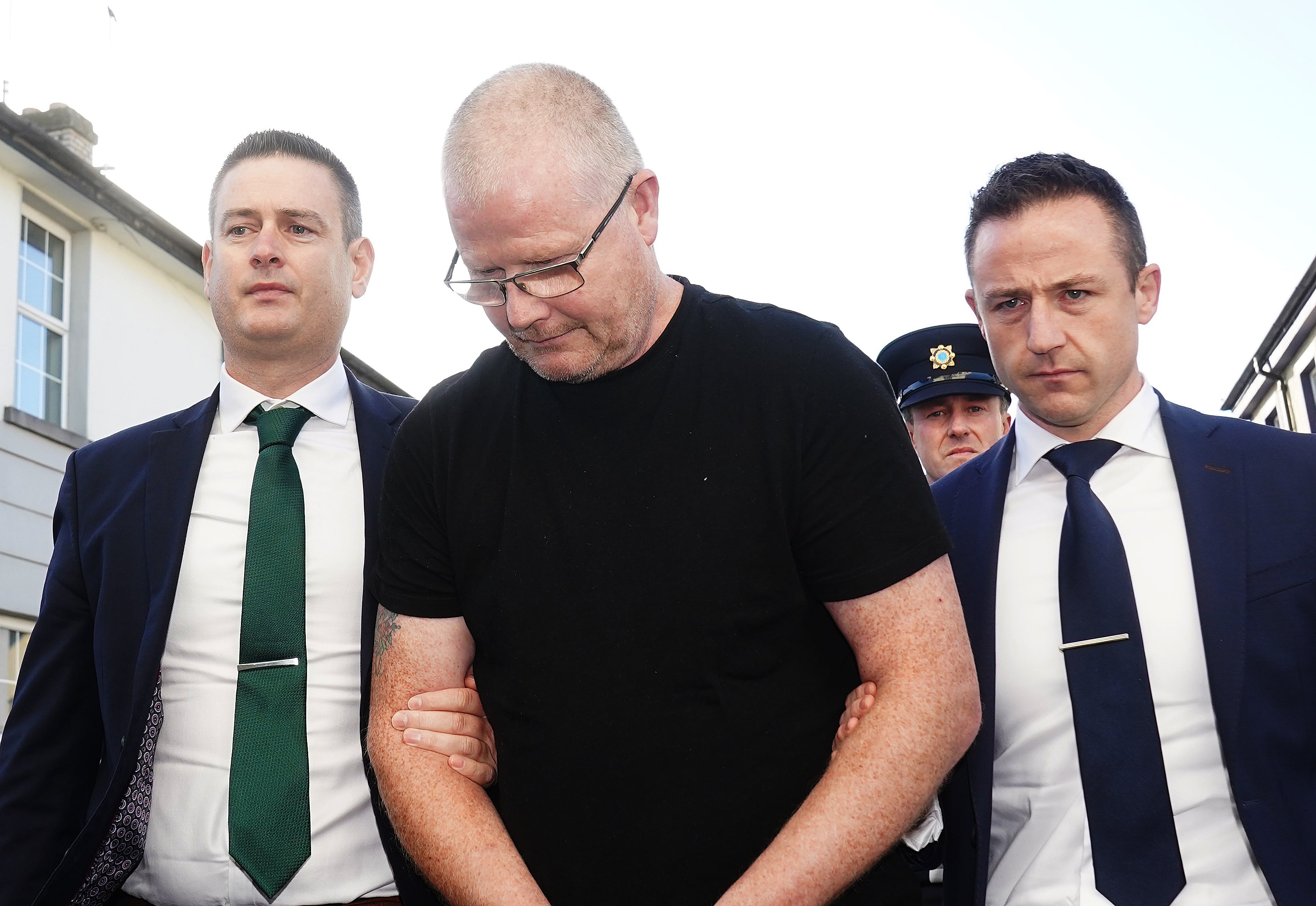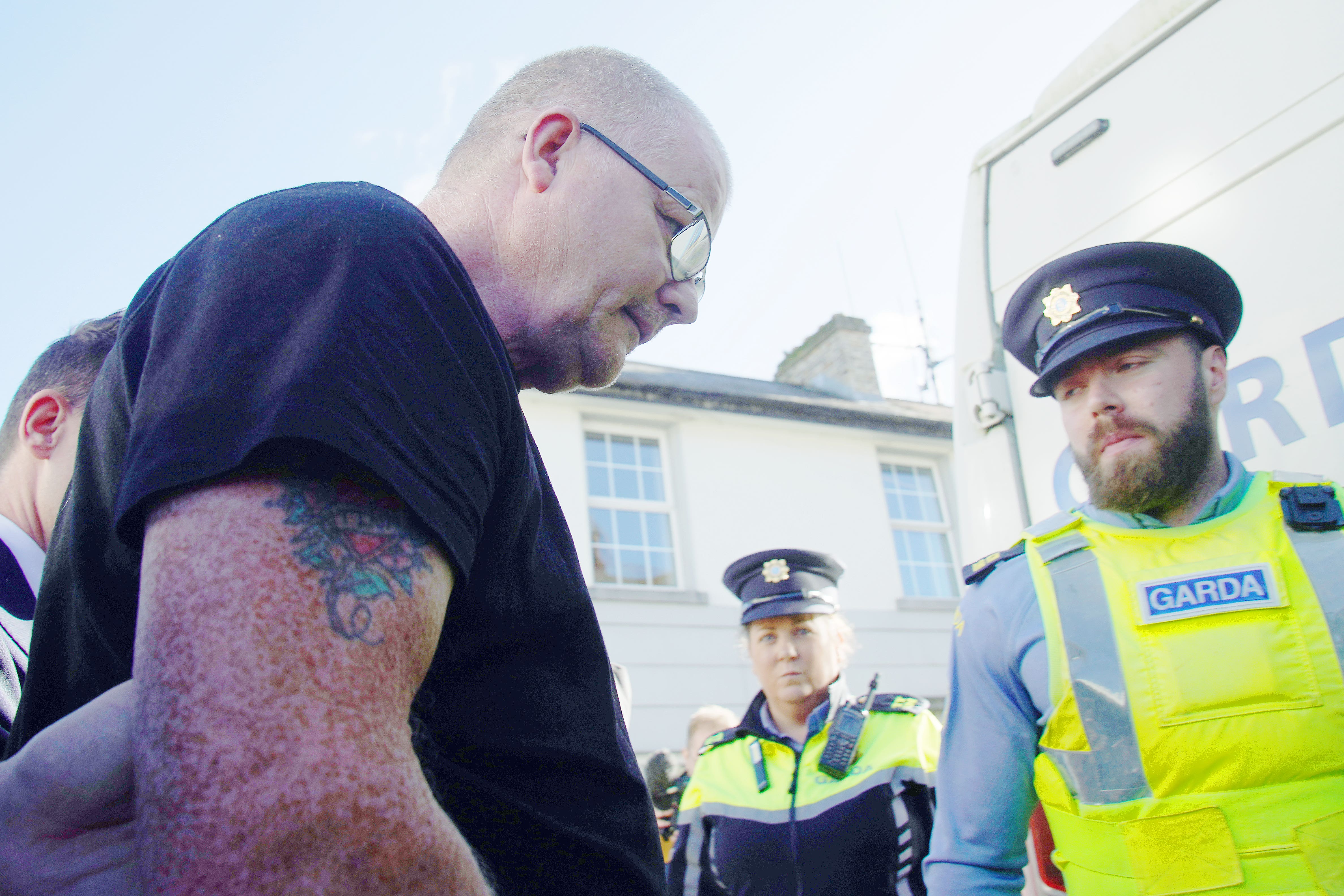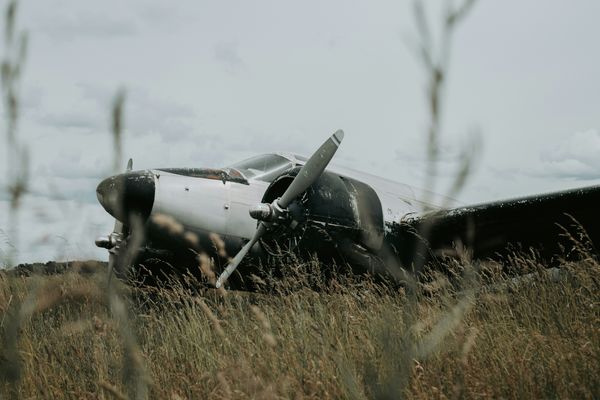
Murder accused Richard Satchwell “tried to get rid of the memories” while making changes to the layout of furniture in his home after the death of his wife Tina, a jury has heard.
The jury in Satchwell’s trial at the Central Criminal Court in Dublin has been watching police interviews carried out after his wife’s remains were found under the stairs in the living room of their Co Cork home.
The court has also heard that 15 glass fragments were recovered from the remains.
Satchwell, 58, of Grattan Street in Youghal, is accused of murdering his wife between March 19-20 2017.
He was arrested for the murder of his wife in October 2023, after her body was found in a shallow clandestine grave, six years after he reported her missing.
He denies the charge.
Satchwell, originally from Leicester in England, formally reported his wife missing on May 11 2017.
At the Central Criminal Court on Thursday, the jury was shown a DVD of a garda interview with Satchwell conducted on Friday October 13 2023.

In the video, Detective Sergeant David Noonan told him that he would be shown several photographs during the interview.
The accused said he would not look at the photographs if they showed Ms Satchwell’s body and did not want to be “put in that situation”, adding: “I want to remember Tina the way she was, not the way I made her.”
He was told that photographs were of the scene rather than of her remains and the interview proceeded.
The photographs concerned changes made to the house and the rearrangement of furniture over a period of years.
The jury was shown the photographs displayed to Satchwell during the interview which also concerned the search of the property conducted by gardai.
The accused has told gardai that Ms Satchwell “flew” at him with a chisel on the morning of March 20 2017.
He has previously said he then held the belt from her dressing gown at her throat and that her body went limp.
He said this occurred after he walked into the room, saw her scraping at plasterboard near the stairs with the chisel and asked her what she was doing.
In one photograph showing a staircase, he was asked to point out where he and Ms Satchwell were at the outset of the incident – as well as where the marks on the wall caused by the chisel would be.
Satchwell said some of the chisel marks were low down on the wall and that he saw her “leaning over” doing it.
It was put to him that he had never said she was bent over in previous comments and that his story had “came apart”.
Satchwell said he was not saying she was “bent over”.
Outlining what he said happened next, he said: “She flies at me, she just comes at me.”
He said he was off balance and “shocked” at what was happening.
When asked to explain how it sounds that he is saying he was shocked despite telling gardai about other incidents of violence, Satchwell replied: “I can see how it sounds and I can see the way you want it to sound.”
He added: “It is your job to tear it apart, to bury me.”
In one photograph taken by Satchwell on Christmas Day 2016, seen by the jury, Ms Satchwell is sitting on a couch wearing a Christmas jumper.
He said: “We was happy that day.”
He also told investigators: “I have to admit, I like the way you’re using my own photos on me.”
When asked to explain what he meant, he said they were getting him to answer questions on photographs he took.

Discussing the same image, he agreed with gardai that the house looked clean and said he was the chief cleaner of the home but added that he was not describing his wife as lazy.
Asked about changes made to the house after Ms Satchwell was reported missing, he said: “I tried for my own brain – and I’ve said this – I tried to get rid of the memories.”
He added: “I was operating on automatic, I was trying to find myself again. I had to rediscover myself – and I did.”
Brian Gorey, a forensic scientist with Forensic Science Ireland (FSI), told the court that he had examined 15 diced glass shards which were recovered from the scalp and torso of the remains.
He explained that they were likely to be from the same source and were a sample of heat-treated glass which is often used in side and rear windows of cars, glass tables, exterior windows and shower doors.
He said the glass had very likely been transferred onto the remains shortly before being buried.
He said the glass fragments were large, and between 2-5mm in size.
While being shown other images of the home during the garda interview, the court heard that the couple had purchased two identical brown couches from a catalogue but one of them later developed a tear.
He said the damaged couch was thrown out and the other one was moved to a different location in the home.
Satchwell said that he laid Ms Satchwell out on the couch without a tear after she died.
One of the other photographs showed a view of the back door of the house from inside the home.
Asked if he had ever replaced the glass in the door, Satchwell said he had not and that it remained as it was from when he moved into the house.
Pressed multiple times on whether the glass had been repaired, the accused reiterated that he had not and said to the garda: “Maybe you have cotton wool in your ears.”
The jury was shown a photograph of the Satchwells’ bathroom before he replaced the bath with a secondhand jacuzzi bath, and took out the standalone shower to replace it with a press.
The court was also read a statement from a friend of the Satchwells, Sarah Dobson, who said she met the accused at a car boot sale in May 2017 and observed he was selling his wife’s clothing.
She said that Mr Satchwell told her that his wife had been ill in hospital and was staying with her sister in England, adding that he needed to raise up to 100,000 euro to fix a bacteria on the walls which had made his wife sick.
The court also heard evidence from other forensic scientists at FSI.
The jury heard evidence that two hairbrushes purported to belong to Ms Satchwell contained matching DNA and, when compared with DNA of her mother, suggested “extremely strong support” that the profiles were of people who were related rather than unknown to each other.
Fingernails recovered from the remains were also determined to likely be a child of Ms Satchwell’s mother, Mary Collins.
Examiners also checked for DNA profiles on swabs taken from three suitcases which had been recovered in the locality.
They returned different results, but the profile from the hairbrush did not match and Satchwell was also excluded from the DNA profiles found in the suitcases.
The court heard Forensic Science Ireland was not in a position to examine a dressing gown and cord recovered from the remains as they were too damp, mouldy and brittle.
The court heard that Satchwell’s car was examined for traces of blood but none was found.
The case continues.
BBC reporter denies claims she had ‘no regard or care’ about Adams allegation
Glass fragments recovered from Tina Satchwell’s remains, court hears
Food-to-go group Greencore agrees £1.2bn takeover of rival Bakkavor
Ukraine war latest: Trump says peace won’t happen until ‘Putin and I get together’
What Pope Leo XIV’s coat of arms and motto tell us about his leadership
Latvia warns public that ‘unkempt tourists’ might actually be Russian spies







